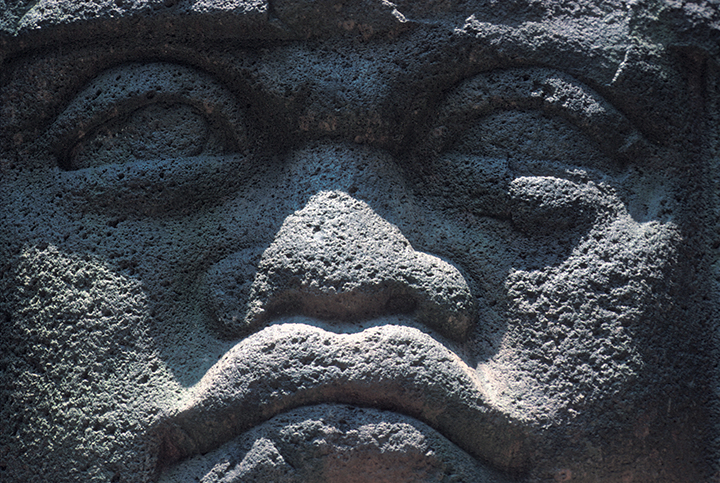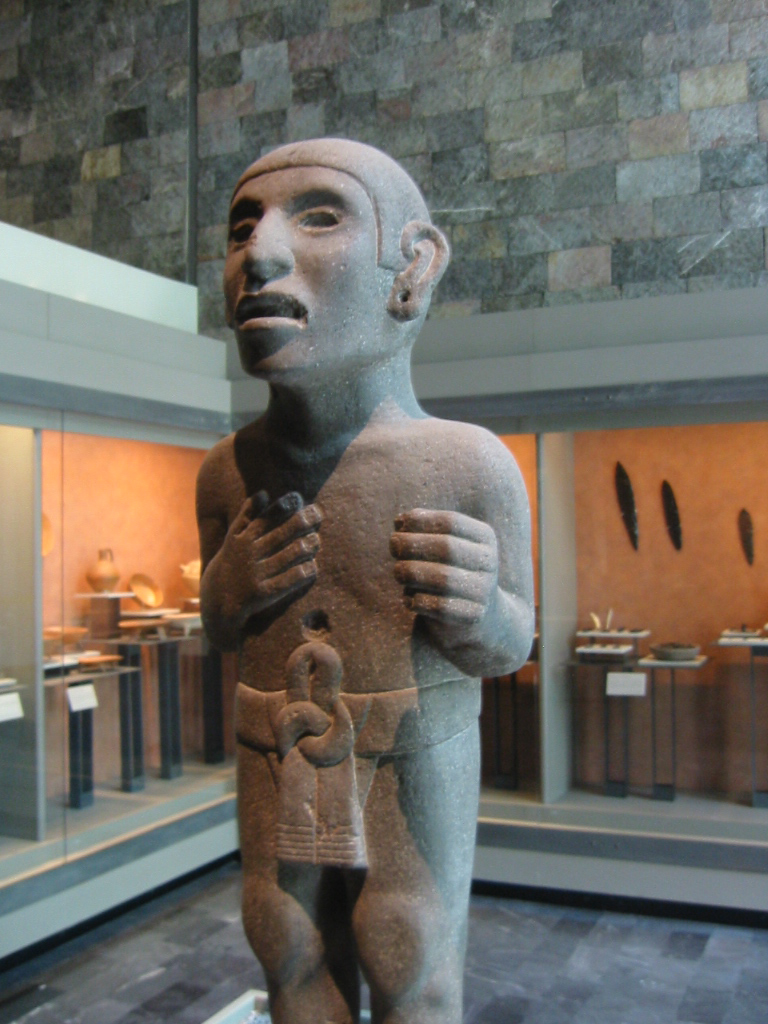 You don’t have to be an anthropologist or an art expert to appreciate pre-Hispanic art, all you need is an eye for beauty, according to Alicia Pesqueira de Esesarte, Director of the Rufino Tamayo Museum of Pre-Hispanic Art in Oaxaca.
You don’t have to be an anthropologist or an art expert to appreciate pre-Hispanic art, all you need is an eye for beauty, according to Alicia Pesqueira de Esesarte, Director of the Rufino Tamayo Museum of Pre-Hispanic Art in Oaxaca.
“It’s about the expression of beauty made by humans for humans,” she says.
But pre-Hispanic works are largely unrecognized as art; rather they tend to be categorized as archeological relics. That’s why most of the pre-Hispanic art treasures in Mexico are housed in museums of history and anthropology, rather than gracing the walls of art galleries alongside modern greats like Rufino Tamayo and Diego Rivera.
| ; |
In fact, both of these famous artists drew inspiration from pre-Hispanic art and prized their personal collections. Tamayo (1899-1991) a Zapotec from Oaxaca, was adamant that his collection be preserved as art, not science. That’s why upon his death he donated it to National Institute of Fine Art instead of the National Institute of Anthropology. The result is the Rufino Tamayo Museum, the only place in Mexico where you can see pre-Hispanic works on display as art for art’s sake.
That’s not to say that the anthropological collections lack artistic merit. To the contrary, the pre-Hispanic works on exhibition at the Museo Nacional de Antropología in Mexico City can be viewed as an artistic as well as anthropological history of Mexico.
This artistic history is much richer than the sensationalistic overview presented in schools. In addition to the instantly recognizable master pieces of the Maya and Aztec civilizations – fierce looking warriors and blood-thirsty, anthropomorphic gods – pre-Hispanic artists created works of great human sensibility.
 Some of the most significant humanistic pieces come not from celebrated city states like Teotihuacán or Chichen Itza, but from the civilizations of the west coast, from what is today Guerrero, Colima, Jalisco, Nayarit and Sinaloa. For the most part, these cultures remain an enigma. “To some extent this is due to geographic isolations,” Pesqueira explains, “but mostly it is because they left no great ceremonial centers like Teotihuacán and Monte Albán.”
Some of the most significant humanistic pieces come not from celebrated city states like Teotihuacán or Chichen Itza, but from the civilizations of the west coast, from what is today Guerrero, Colima, Jalisco, Nayarit and Sinaloa. For the most part, these cultures remain an enigma. “To some extent this is due to geographic isolations,” Pesqueira explains, “but mostly it is because they left no great ceremonial centers like Teotihuacán and Monte Albán.”
The art of occidental Mexico mostly differs from that of other regions in its secular nature. Rather than depicting idealized images of priests and warriors, their sculpture shows real human beings engaged in everyday activities: washing clothes, playing ball, and informal gatherings.
“The Aztecs were very influenced by the question of religion and warfare,” says Pesqueira. “But in the cultures of the west coast the form of life is much more human, less rigid.”
But neither were the Aztec and Maya wholly concerned with warfare and human sacrifice. The Maya, for example, had a highly developed tradition of music, which is depicted in statuettes of musicians and fine crafted flutes of clay and conch shell. Aztec sculptors also achieved realistic detail in their human subjects.
Like most of the great achievements of pre-Columbian art, these works were created while most of Europe was still populated by nomadic hunters.
“In the entire pre-Columbian chronology, the age of splendor, the classic period, was the first thousand years of the Christian era,” says Pesqueira. “When the Spanish arrive in the fifteenth century they meet the Aztecs, a people who no longer had that splendor.”
The oldest pre-Columbian civilization, contrary to popular belief, was not that of the Olmecs, but rather the Zapotecs who ruled all of southern Mesoamerica from their capital, Monte Alban, on a hill overlooking modern day Oaxaca, between 500 BC and 750 AD.
The Zapotec represent a link between the indigenous cultures of North and Central America. Their art has many elements in common with that of the Maya and Olmec, with whom they maintained trading relationships. Their sculpture demonstrates a similar preoccupation with spatial balance.
In contemporary Mexican art, as in most aspects of modern Mexican life, the pre-Hispanic tradition endures, be it in a masked form. The pre-Hispanic influence manifests itself not only in the imagery of death and sacrifice, but in the Mexican addiction to color – the bright oranges, pinks and turquoises they paint their walls. The Maya invested these colors with symbolic meaning. For example, turquoise represented the harmonious meeting of heaven (blue) and earth (green). The mural painting made famous in the twentieth century by Diego Rivera and David Siqueiros are also the continuation of a pre-Hispanic tradition. So you may already be appreciating pre-Hispanic art without even realizing it!



